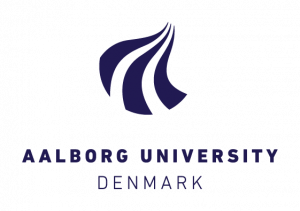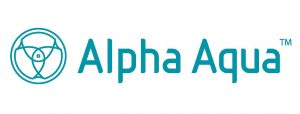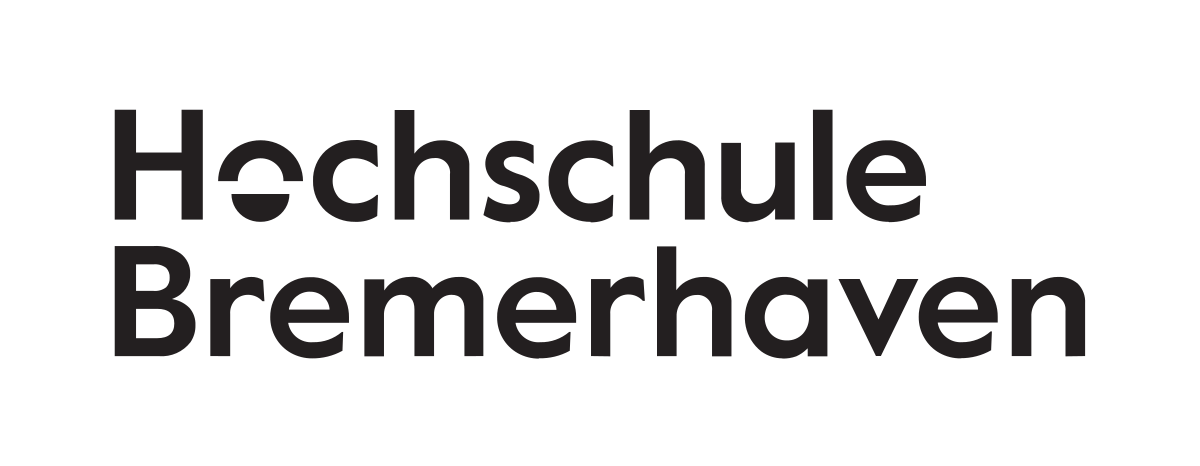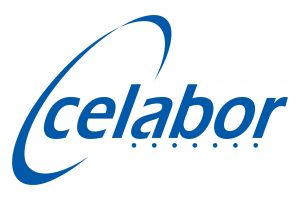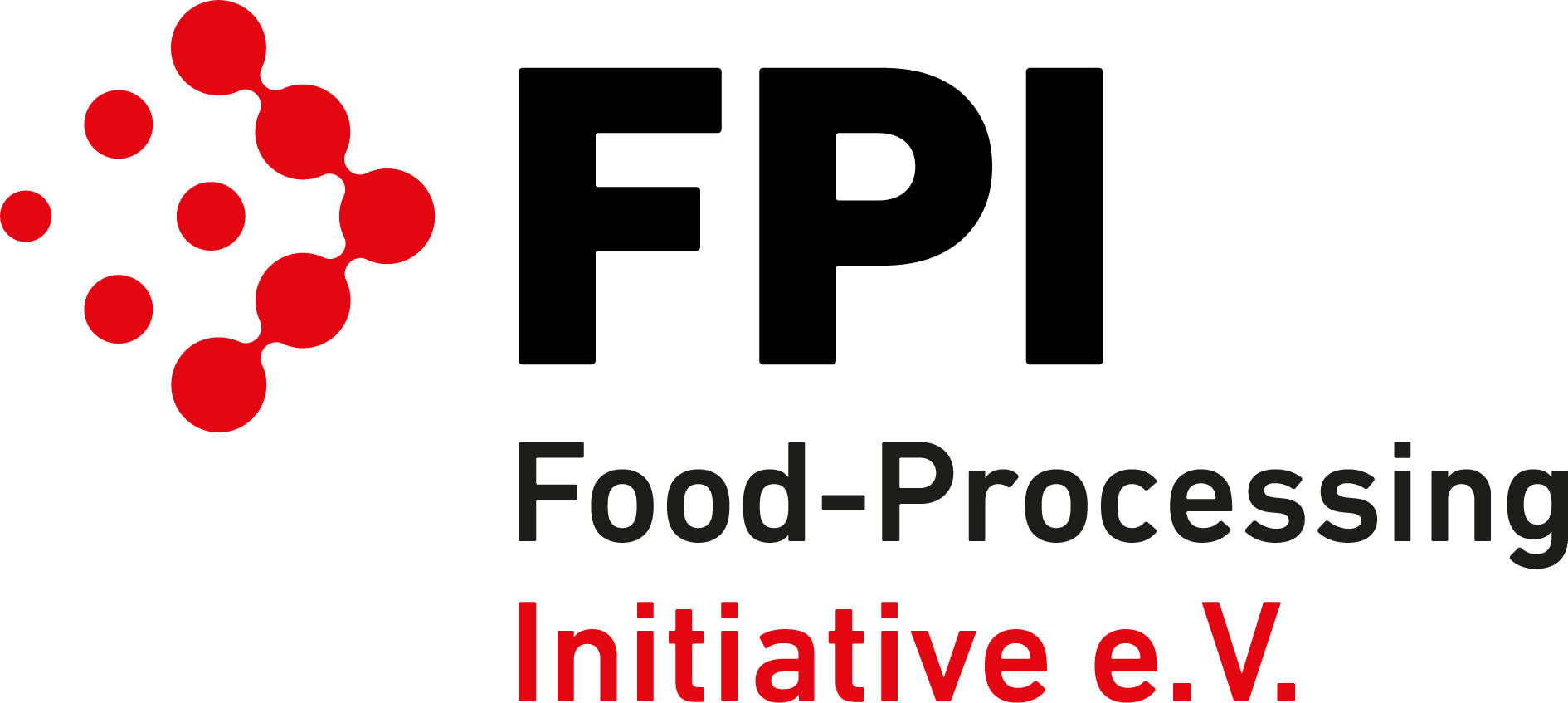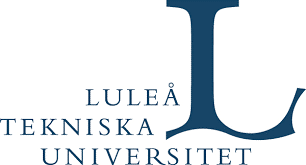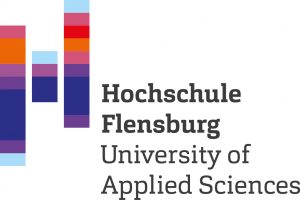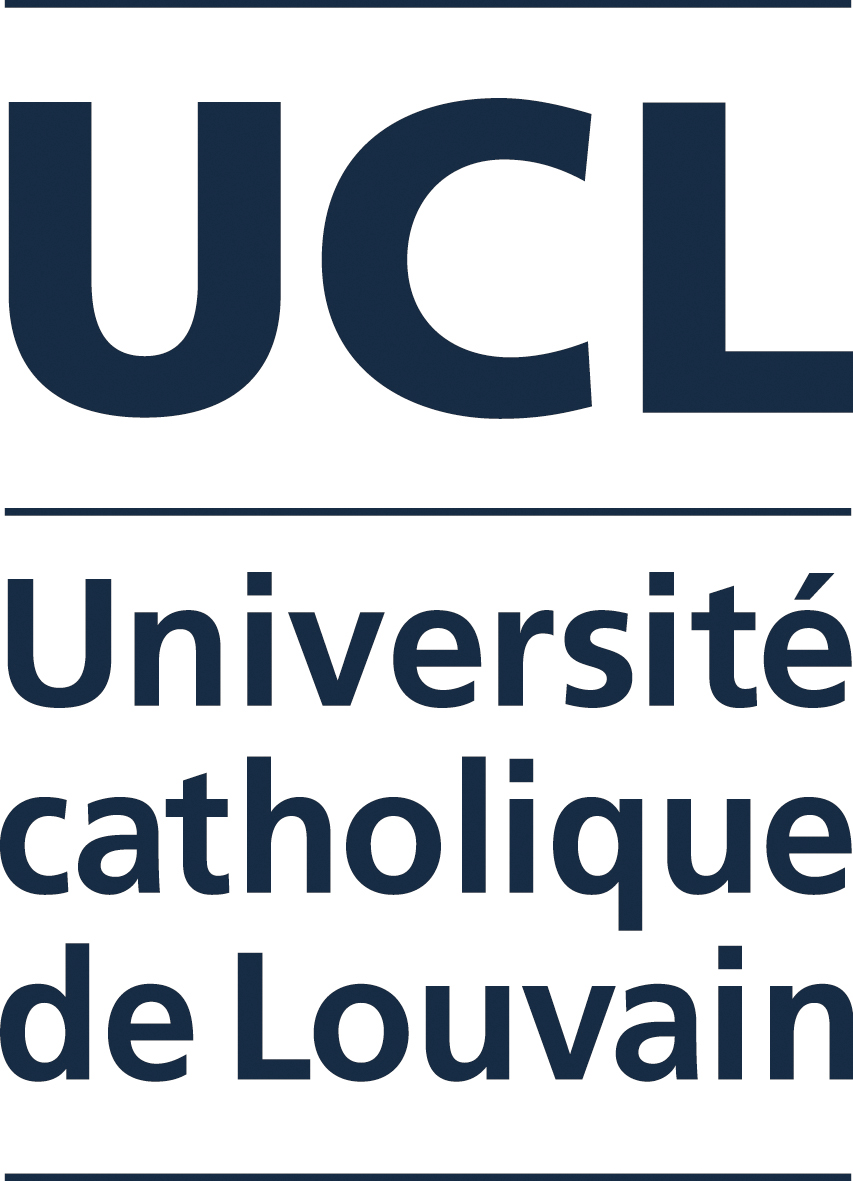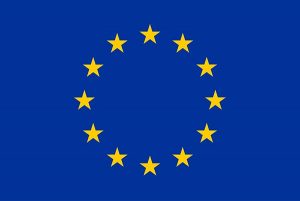Cultivation of Salicornia spp. using effluent water from Recirculatory Aquaculture System (RAS) culturing rainbow trout.
How will nutrients based solely on fish effluent water will affect the growth of Salicornia?
The effluent water from RAS culturing rainbow trout is used to produce high-value halophytes Salicornia, which will act as a biological cleansing agent of nutrient-loaded water from aquaculture.
The RAS system consists of a water treatment unit (NanoRAS) and two culture tanks ( 3 m3 each) with a total system volume is 7.5 m3 and water is recirculated >96%. The tanks are stocked with rainbow trout (Oncorhynchus mykiss) 10-40 kg/ m3 and the fish are fed with a commercial feed with 45% protein content. Water input to the RAS system is a mixture of treated seawater from the North Sea (35 ppt salinity) and freshwater for maintaining 10-15 ppt salinity, and water parameters (pH-, oxygen-, salinity-, temperature, ammonia-, nitrite- and nitrate-) are continuously monitored. Nutrients for Salicornia in the aquaponic system are based solely on fish effluent water targeting a nitrate (NO−3) level of 75-80 mg per liter. The growth and content of desired bioactive compounds in plants will show if nutrient-based on fish effluents is sufficient. Similarly, the present set-up investigates details such as Fresh Green Tips Yield (kg per m2), Dry Forage Biomass (kg per m2), optimal harvest periods per plant season, optimal plant spacing, and water usage. For the economic part, a contribution margin sheet is under construction, containing Turn Over (sales), Variable Costs (fish seed, fish feed, electricity, Salicornia seed, etc.), Fixed Costs (investment in a production system), and expected profit.
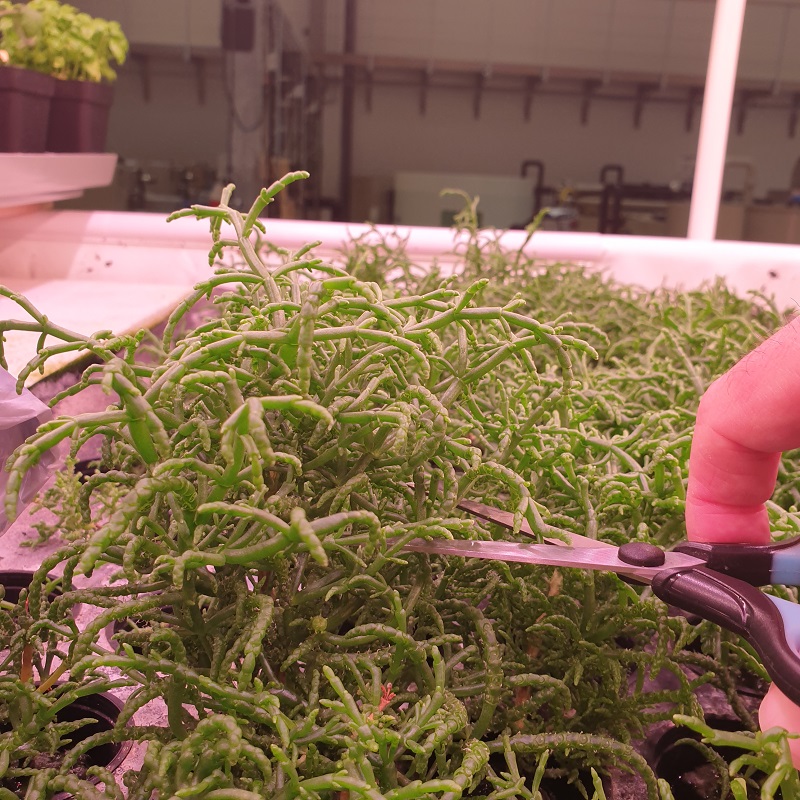
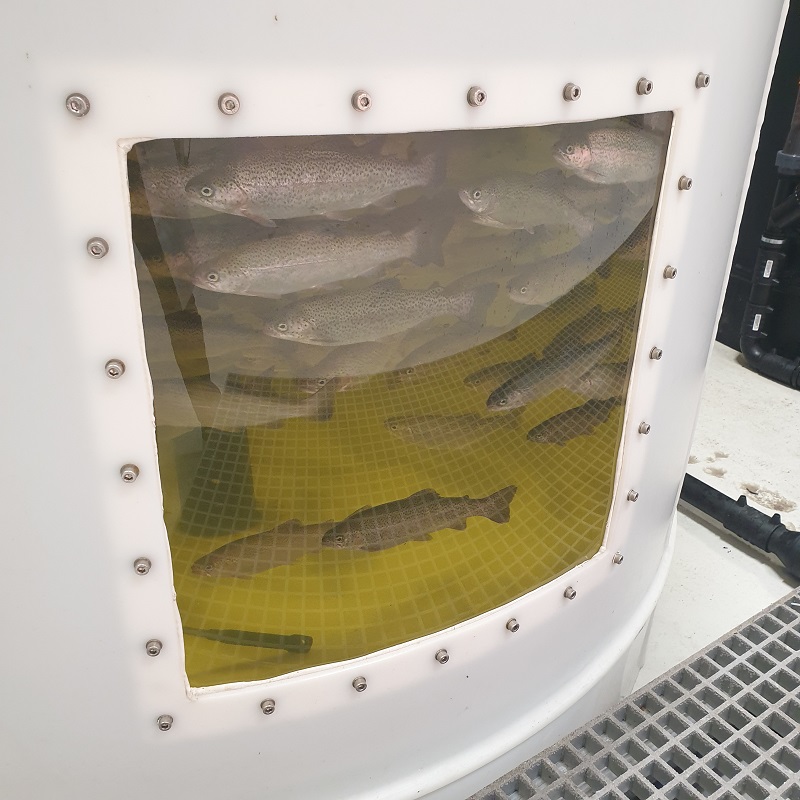
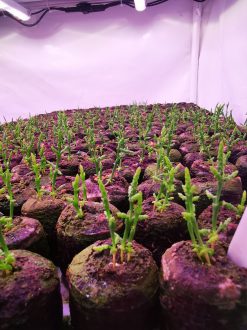
Contact:

Ramon Perez
Alpha Aqua A/S, Denmark
rap@es.alpha-aqua.com

Jiwan Kumar Chettri
Alpha Aqua A/S, Denmark
jkc@dk.alpha-aqua.com
Acknowledgement
This project has received funding from the European Union’s Horizon 2020 research and innovation programme under Grant Agreement No 862834. Any results of this project reflects only this consortium’s view and the European Commission is not responsible for any use that may be made of the information it contains.


